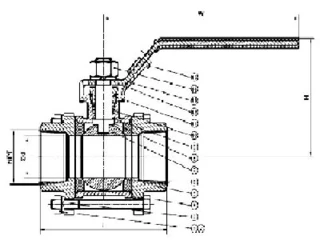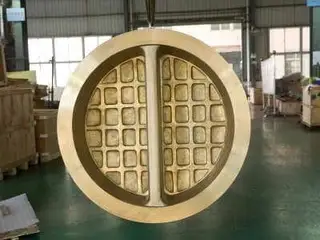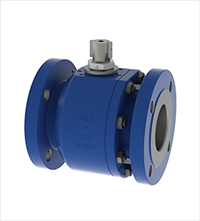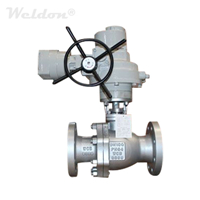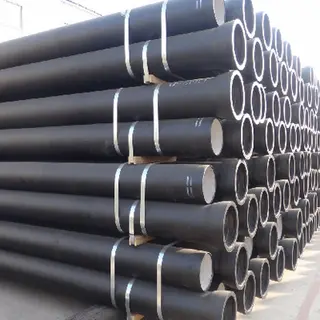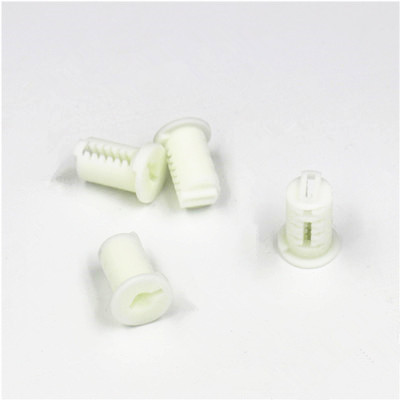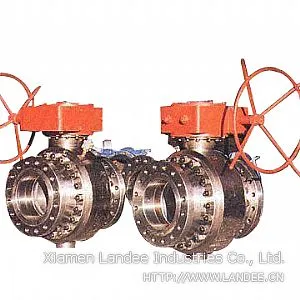The application of 3D printing in the shipbuilding industry (Part three)
Applications of 3D printing in the shipbuilding field
Judging from the advantages and disadvantages of 3D printing above, the 3D printing technology has a good development prospect in the field of shipbuilding, and it is widely used. For example, models for verification and improved design are produced at the ship design stage, manufacture of small-volume, custom-made shipbuilding accessories, supply of spare parts during operation, manufacturing of ship-based drones, unmanned boats and even dinghy. The following is a list of some practical applications of 3D printing technology in the field of shipbuilding and the attitudes and views of relevant parties on this new technology.
Maersk's 3D printing spare parts supply chain
A few years ago, Maersk Tankers was already catching up with the trend, trying to use the new technology of 3D printing to revolutionize its ship spare parts supply chain. Dealing with breakdowns of equipment is a common challenge for crew members according to the company's staff. The most important thing is to deliver the part from the land to the ship. According to the traditional method, it is first necessary to determine what parts are needed, then transport them to the next port that the ship will passe by. Later, rent a small boat to deliver the required parts to the ship. The reason for renting a small boat is that a tanker is dangerous, so it is forbidden to enter the main area of the port.
In addition to these steps, in fact, tankers often fail to arrive on time, which makes the transportation of parts more complicated. Two-thirds of Maersk Tanker's ships operate in a spot trading mode. Therefore, after the customer rents a ship, they don't know where to unload the part each time. It may be any port between Venezuela and Houston. This kind of uncertainty also brings some trouble to the delivery of spare parts. From the point of view of costs, costs of storage, packaging, air transportation to ports, customs clearance and renting a small boat just for delivering one part to a ship is as high as $5,000. In addition, a series of transportation processes will also generate a lot of exhaust emissions, which is not conducive to environmental protection. In general, we can summarize the disadvantages of the traditional delivery of spare parts to the ship as follows:
· The operation process is complicated.
· There will be some cost.
· There is an impact on the environment.
· Extend the sailing time of the ship.
To be continued...
Judging from the advantages and disadvantages of 3D printing above, the 3D printing technology has a good development prospect in the field of shipbuilding, and it is widely used. For example, models for verification and improved design are produced at the ship design stage, manufacture of small-volume, custom-made shipbuilding accessories, supply of spare parts during operation, manufacturing of ship-based drones, unmanned boats and even dinghy. The following is a list of some practical applications of 3D printing technology in the field of shipbuilding and the attitudes and views of relevant parties on this new technology.
Maersk's 3D printing spare parts supply chain
A few years ago, Maersk Tankers was already catching up with the trend, trying to use the new technology of 3D printing to revolutionize its ship spare parts supply chain. Dealing with breakdowns of equipment is a common challenge for crew members according to the company's staff. The most important thing is to deliver the part from the land to the ship. According to the traditional method, it is first necessary to determine what parts are needed, then transport them to the next port that the ship will passe by. Later, rent a small boat to deliver the required parts to the ship. The reason for renting a small boat is that a tanker is dangerous, so it is forbidden to enter the main area of the port.
In addition to these steps, in fact, tankers often fail to arrive on time, which makes the transportation of parts more complicated. Two-thirds of Maersk Tanker's ships operate in a spot trading mode. Therefore, after the customer rents a ship, they don't know where to unload the part each time. It may be any port between Venezuela and Houston. This kind of uncertainty also brings some trouble to the delivery of spare parts. From the point of view of costs, costs of storage, packaging, air transportation to ports, customs clearance and renting a small boat just for delivering one part to a ship is as high as $5,000. In addition, a series of transportation processes will also generate a lot of exhaust emissions, which is not conducive to environmental protection. In general, we can summarize the disadvantages of the traditional delivery of spare parts to the ship as follows:
· The operation process is complicated.
· There will be some cost.
· There is an impact on the environment.
· Extend the sailing time of the ship.
To be continued...
Send your message to this supplier
Related Articles from the Supplier
Related Articles from China Manufacturers
Exploring the Versatility of Slab Gate Valves
- Dec 12, 2023
What Is the Cracking Pressure of Check Valves?
- May 19, 2023
The Sealing Principles of the Valve (Part Two)
- Jan 23, 2021
Related Products Mentioned in the Article
EKS(Xiamen)Precision Industry Co., Ltd
- Address: 中国福建省厦门市集美区灌口镇深青工业园后山头29号
- Phone: 86-0592-6360601
- Business Type: Industry & Trading, Manufacturer,
Supplier Website
Source: http://www.junyingmetal.com/the-application-of-3d-printing-in-the-shipbuilding-industry-part-three.html




